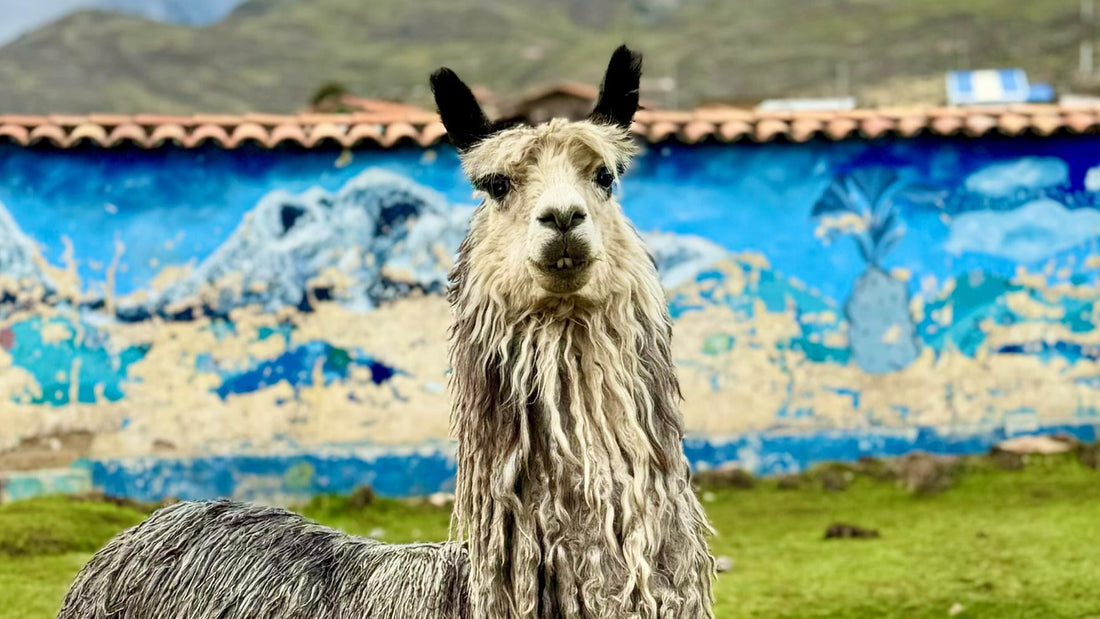
Is eco-friendly fashion the future of fashion?
Share
What is eco-friendly fashion?
Many times we hear about ‘eco-freindly fashion’, but what is it? Eco-friendly fashion (also known as ‘sustainable fashion’) is a totally different approach to fashion from the standard ones and has developed in recent years, where it has been decided to combine fashion with respect for nature and animals, the reuse of materials, but also respect for traditions and disadvantaged populations. In fact, when we talk about eco-friendly fashion, we are talking about respecting various points ranging from the search for raw materials to the recycling of the garment, but also the packaging.
What are the characteristics of eco-friendly fashion?
The characteristics that characterise eco-friendly fashion are as follows:
- Eco-sustainable materials: with the search for natural and unprocessed fibres, such as organic cotton or alpaca wool.
- Reuse and circular economy: once a garment is used, one tries to reuse it by reselling it, giving it away, or recycling it to avoid producing waste. Very important to mention is upcycling, which is the creative process of transforming used garments or materials (e.g. used tyres) to produce new unique, sought-after and fashionable products.
- Respect for ethics: preference is given to companies that respect workers' rights and pay their labour honestly, and child exploitation is avoided.
- Sustainable packaging: recyclable or reusable packaging is used.
Examples of eco-friendly garments
Eco-sustainable garments can be of various types and can be either animal or plant-based. Others can come from recycled materials. Here are some examples of eco-friendly garments:
- Organic cotton garments (knitwear, jeans and underwear)
- Alpaca wool garments (scarves, shawls, jumpers, coats...)
- Bamboo fibre garments (knitwear)
- Linen garments (scarves, shawls, trousers...)
- Sportswear made of recycled polyester
- Footwear made of recycled rubber
Why do eco-friendly clothes cost more?
Eco-friendly clothes many times cost more than the clothes we are used to buying. Of course, everything has an explanation and in this case it depends on several factors. Here are some of them:
1) The materials are of first quality: indeed, the materials used are rarer but at the same time more durable because their quality is very high. The most obvious example is alpaca wool itself, which practically lasts a lifetime.
2) Respect for workers: workers are paid fairly and their working conditions are good.
3) Reduced production: preference is given to artisanal production where production is lower but quality is higher.
Most people therefore prefer to pay more, obviously for higher quality and an environmentally and worker-friendly product.
Who chooses eco-friendly garments?
Eco-friendly garments are often considered a niche market, and especially sought after by:
- Quality lovers: usually eco-friendly is also synonymous with high quality.
- Aware consumers: many people are very sensitive to issues of environmental respect and human respect and therefore decide to make their own small contribution. Usually, they are young people and belong to the younger generation.
- Supporters of “less is more”: therefore people who prefer to have fewer but higher quality garments.
- Supporters of “silent fashion”: ppeople with high purchasing power, who prefer to wear quality, but without a signature.
In general terms, the most active consumers of eco-friendly fashion are Europeans, and more specifically the inhabitants of the Nordic countries. Alpaca wool (alpaca scarves, alpaca coats, alpaca shawls, alpaca hats...) for example, is widely used in the Nordic countries to protect against the harsh winter cold.
Environmental impact and eco-friendly fashion
Certainly, one of the cornerstones of eco-friendly fashion is to respect the environment and reduce the footprint of production in the medium environment. In fact, it is expected that by 2030, as this type of fashion takes hold, there will be a significant reduction in the environmental impact of fashion industry production. In fact, over the last 6 years in the fashion industry, CO2 production per € turnover has already decreased considerably.
So, is eco-friendly fashion the future of fashion? The answer is undoubtedly yes. More and more consumers prefer eco-friendly clothes, but not only for their ethics, but also for their quality.
Visit our sustainable fashion shop